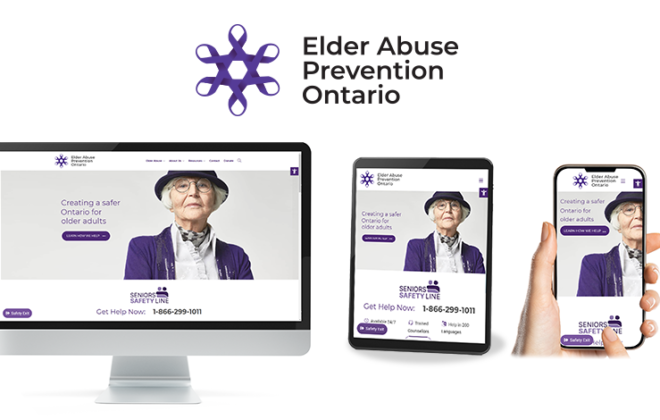Approaches to Elder Abuse: Family Physician’s Perspective
This webinar featured Dr. Mark Yaffe and Dr. Bachir Tazkarji, renowned physicians who spoke about Elder Abuse and Neglect – its definitions, forms and the types of cases typically seen in family practice medicine. They discussed how health care providers can apply the Elder Abuse Suspicion Index (EASI) ©, an internationally validated tool available in 15 languages, can help to recognize and identify mistreatment of older adults. The strengths and limitations of the tool were explained and how is can be applied in the field.
Elder Abuse Suspicion Index © (EASI)
The EASI was validated for face-to-face enquiry by family physicians of patients in their offices, aged 65 and over, with a Folstein MMSE score of 24 or above. The EASI is comprised of only six questions and is rapid to administer. The first five are asked by the doctor and answered by the patient in a YES / NO format. The sixth question is answered by the doctor, based on his or her observations of the patient. EASI completion commonly takes two to five minutes.
All six questions should be queried in the order in which they appear in the EASI. A response of YES on one or more of questions 2-6 should raise concern about mistreatment. Those who wish to explore a positive response further might be helped by referring to a practical review of elder abuse entitled “Understanding elder abuse in family practice” (2), or to a review created for the use of some specialists. (3) The Elder Abuse Suspicion Index has been demonstrated to have content validity in eight diverse countries. (4)
The following tools can be accessed at https://www.mcgill.ca/familymed/research/projects/elder
Elder Abuse Suspicion Index © (EASI)
The Elder Abuse Suspicion Index – self administered © (EASI-sa)
The Elder Abuse Suspicion Index – long term care © (EASI-ltc)
The Elder Abuse Suspicion Index – law enforcement officers © (EASI-leo)
Linguistic Versions of the EASI




